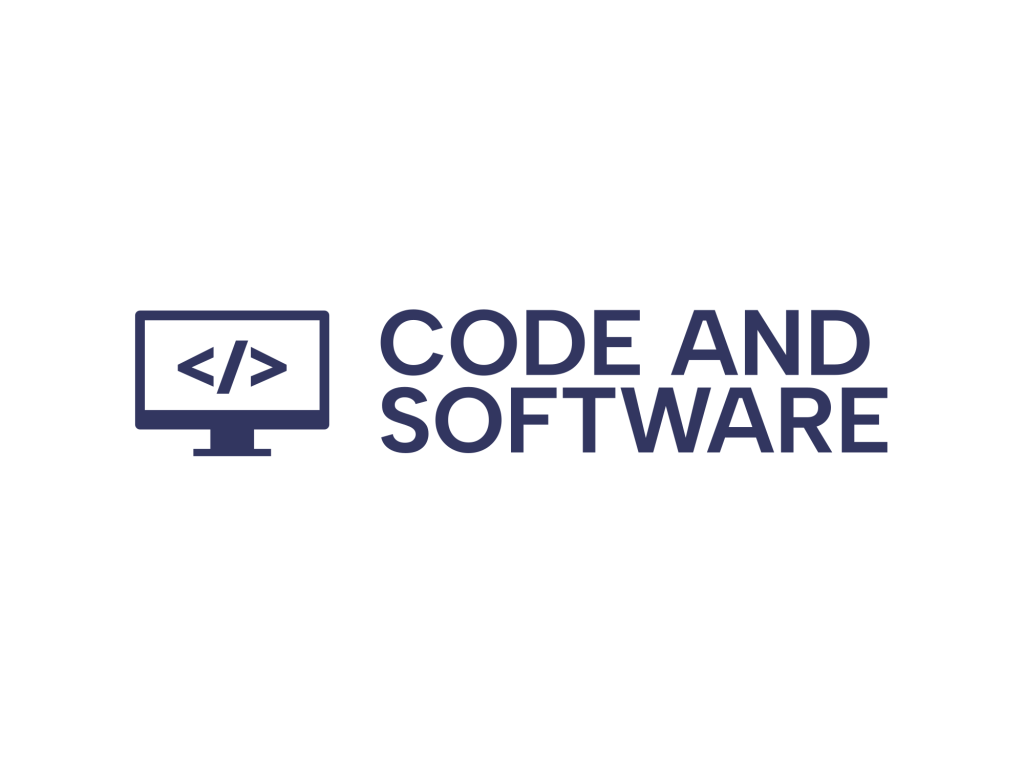Creating a high-converting WordPress eCommerce website goes beyond just listing products and connecting a payment gateway. It’s about crafting a compelling customer experience that guides visitors effortlessly from interest to checkout. Whether you’re launching a new online store or revamping your current one, applying smart web design strategies can significantly boost your conversion rates and sales in a short time.
1. Choose the Right WordPress Theme for eCommerce
Your theme sets the tone for your site. While WordPress offers many free and paid eCommerce themes, not all are optimized for sales. Prioritize themes designed specifically with WooCommerce compatibility and conversion-focused layouts.
Key features to look for include:
- Fast loading time
- Mobile responsiveness
- Clean, intuitive design
- Customizable product pages
- SEO-friendly code structure
Popular choices include Astra, OceanWP, and Flatsome, all of which offer excellent performance and customization options.
2. Simplify Navigation and Site Structure
A cluttered website confuses visitors and causes them to leave. Streamline your navigation menu by categorizing products logically and keeping it easily accessible on both desktop and mobile devices.
Tips to improve navigation:
- Use a sticky header to keep important links visible
- Include breadcrumb trails for easier backtracking
- Limit menu options to the essentials
- Incorporate a powerful site search function

3. Optimize for Mobile Shopping
More than half of all online shoppers use mobile devices. A mobile-optimized site isn’t just a luxury—it’s a necessity. Responsive design ensures your website looks and functions well across all screen sizes.
Additionally, pay attention to:
- Button sizes: Make sure buttons are thumb-friendly
- Page speed: Optimize images and reduce scripts to enhance load time
- Forms: Keep checkout forms short and simple
4. Use High-Quality Product Images and Videos
Visual content sells. Since online shoppers can’t physically interact with your products, images and videos play a crucial role in shaping their purchase decisions.
Design tips for better product visuals:
- Use high-resolution, zoomable images
- Feature multiple views and lifestyle shots
- Add a short demo or “how-to” video

5. Leverage Strong Calls-to-Action (CTAs)
Your CTAs are the gateway to sales. Using attention-grabbing, persuasive CTAs can significantly influence buyer action.
Best practices for CTAs include:
- Use action-oriented language: “Add to Cart,” “Get Yours Now”
- Place buttons above the fold and after product descriptions
- Utilize contrasting colors to help CTAs stand out
Test different versions of your call-to-action buttons to see what resonates best with your audience through A/B testing.
6. Improve Site Speed
More than 40% of users abandon sites that take more than 3 seconds to load. Site speed not only affects user experience but also rankings in Google search results.
Quick tips to speed up your WordPress eCommerce site:
- Use a lightweight theme and minimal plugins
- Enable caching with plugins like W3 Total Cache
- Compress images using tools like ShortPixel
- Use a Content Delivery Network (CDN)
7. Build Trust with Reviews and Testimonials
Customer reviews are powerful tools for building credibility and increasing conversions. Integrate a user-friendly review system into your product pages to provide social proof.
Consider using plugins like WP Customer Reviews or Site Reviews to make this easier.
Also, highlight testimonials on your homepage and include badges or guarantees like “SSL Secure”, “Money-Back Guarantee”, or “Free Shipping.”

8. Streamline the Checkout Experience
Too many steps in the checkout process can frustrate and deter customers. A seamless and straightforward checkout experience is key to minimizing cart abandonment.
Enhance your checkout page by:
- Offering a guest checkout option
- Minimizing the number of fields required
- Displaying a progress bar
- Allowing multiple payment options
Plugins like WooCommerce One Page Checkout or CartFlows can significantly improve your checkout process.
9. Use Upselling and Cross-selling Techniques
Don’t miss the chance to increase order value. Add upselling options on product pages and cross-sell items on the cart page.
Use plugins like Beeketing or Product Recommendations for WooCommerce to automatically display items based on user behavior and product association.
10. Add Live Chat or Chatbot Functionality
Instant communication builds trust. A live chat feature helps answer customer questions right away, removing objections that may prevent purchase.
Recommended tools:
- LiveChat
- Tidio Chat
- ChatBot by WP-Chatbot
Be proactive: trigger chat windows when users linger on a product page or seem hesitant to complete a purchase.
11. Implement Exit-Intent Popups
Exit-intent popups are a great way to capture abandoning users and offer them an incentive to stay or complete their purchase. Offer a small discount, free shipping, or a downloadable lead magnet in exchange for their email address.
Tools like OptinMonster or Popup Maker are easy to integrate with WordPress and WooCommerce.
12. Analyze and Continuously Improve
Design is never a finished product. Continually assess your site’s performance using tools like Google Analytics, Hotjar, or MonsterInsights.
Metrics to watch:
- Bounce rate
- Cart abandonment rate
- Average session duration
- Conversion rate by device type
Use this data to tweak layouts, experiment with different CTAs, or adjust product placements for improved performance.
Conclusion
Building a successful WordPress eCommerce website is part science, part art. By combining speed optimization, user-friendly design, and smart marketing tactics, you can dramatically boost your sales in a short period.
Implement these tips gradually, test consistently, and most importantly, keep the customer’s buying experience at the heart of every design choice. Your website is more than a digital storefront—it’s your most powerful sales tool.

